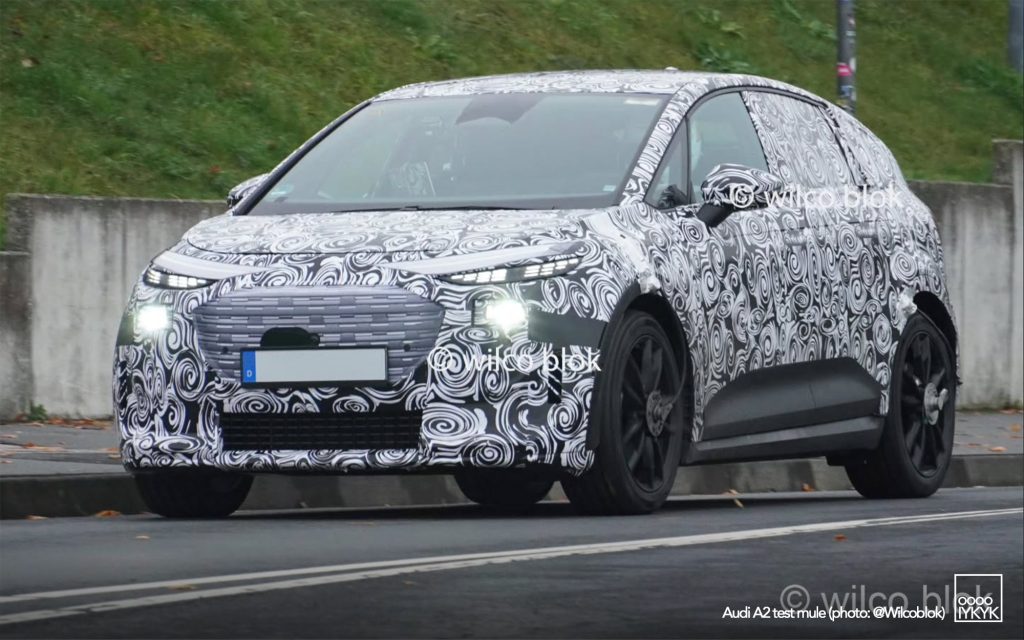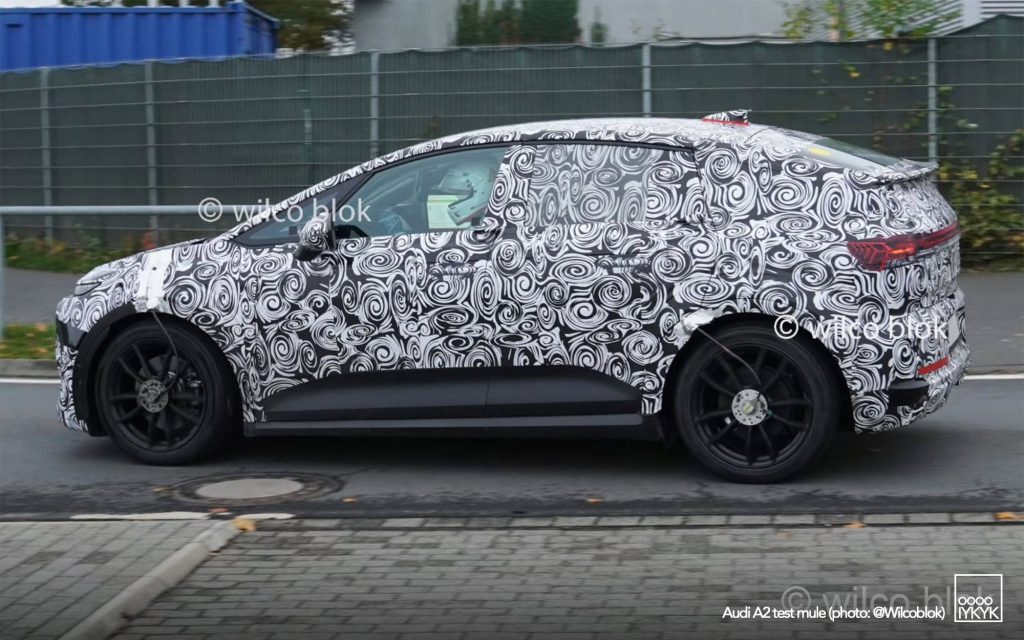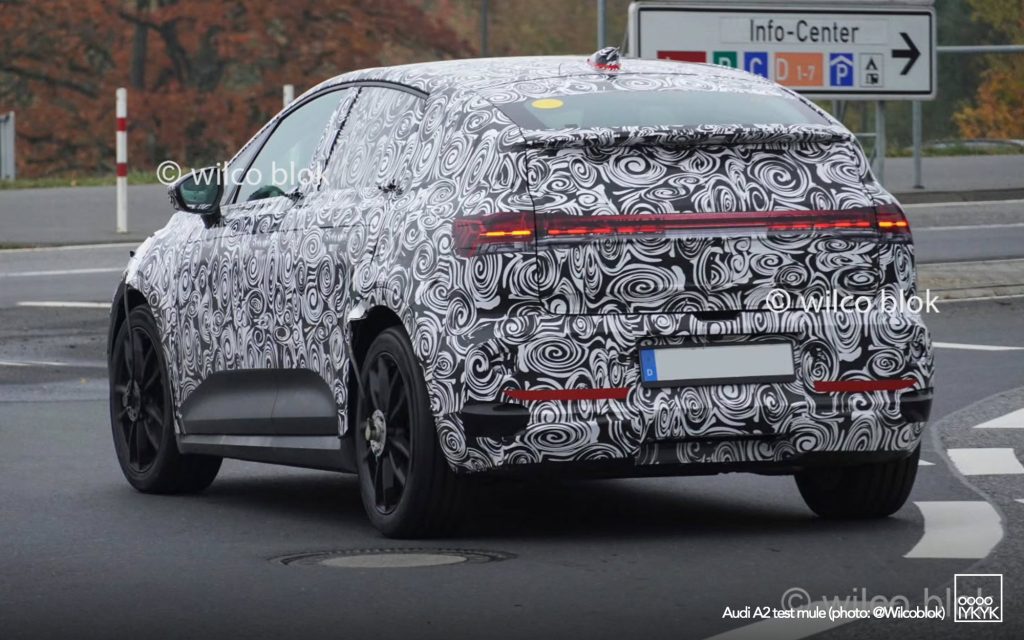Just weeks after a compact Audi EV was spotted testing on the Grossglockner Pass, new images confirm the brand’s smallest upcoming model is advancing toward production—and it looks every bit the spiritual successor to the A2.
These latest spy photos from @Wilcoblok show a camouflaged prototype wearing proportions unmistakably linked to the early-2000s original: tall roofline, short overhangs, and a tapering tail that splits the difference between hatchback and crossover. If Ingolstadt needed a design to replace the outgoing A1, this may be it.
A1 & Q2 CONVERGENCE?
According to Autocar, the new EV is set to indirectly replace both the A1 and Q2, models that will exit Audi’s lineup next year as part of a broader simplification strategy. Rather than two distinct entry-points—a supermini and a small SUV—Audi appears to be merging both into a single, premium electric offering positioned above Volkswagen’s upcoming ID Polo and ID Cross.
“It’s thinkable that we could redeploy historic names,” Audi CEO Gernot Döllner told Autocar earlier this year. While he didn’t confirm specifics, the renewed use of the A2 badge would make perfect sense given this car’s positioning and proportions.
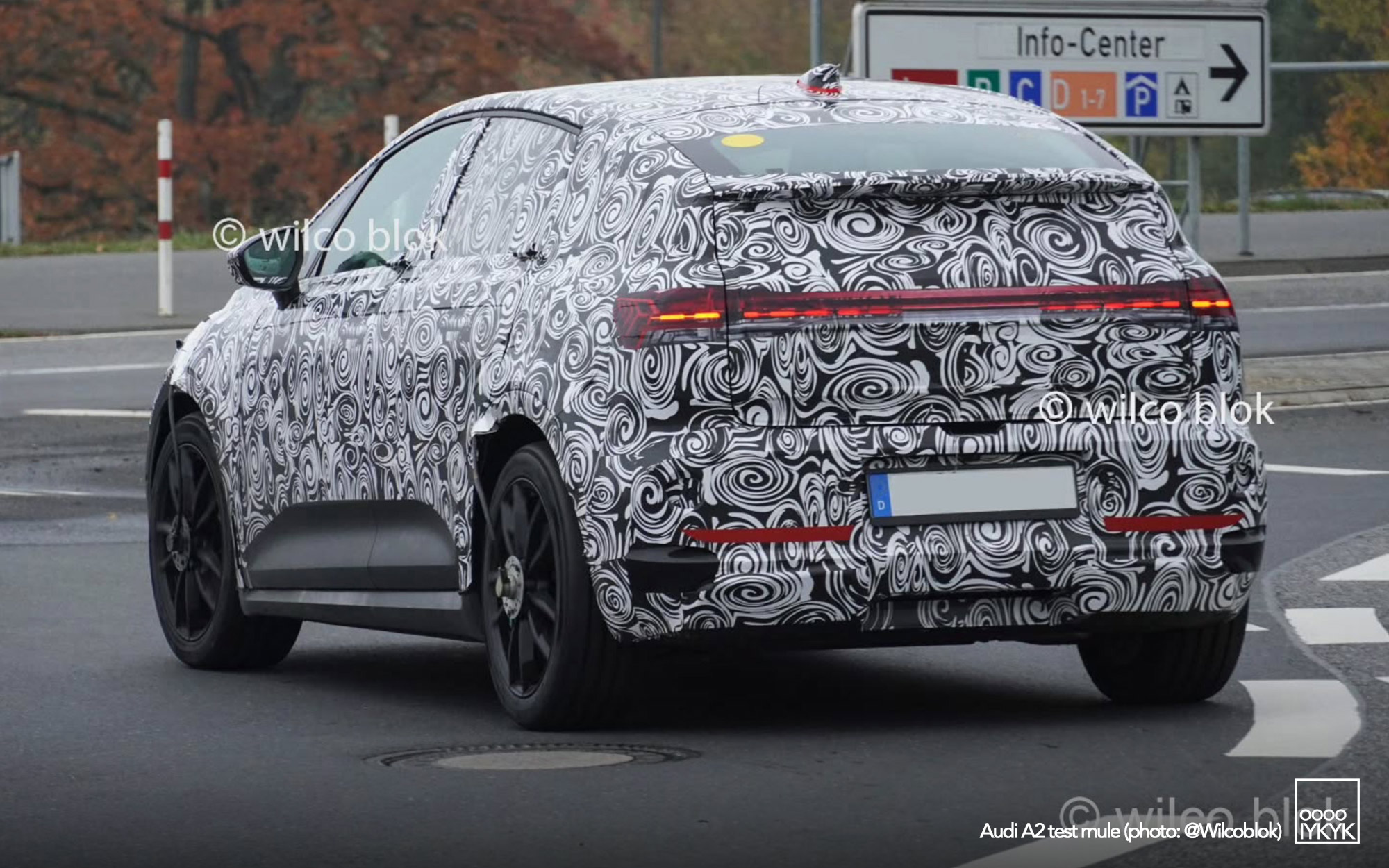
DESIGN CUES & DNA
Recent prototypes show a form that’s both modern and nostalgic—borrowing the surfacing language of the Q4 e-tron Sportback and the stepped headlight design of the Q6 e-tron and A6 e-tron, while still clearly channeling the spirit of the 1999–2005 A2, the aluminum pioneer that’s since achieved cult-classic status. Its upright glasshouse and clean shoulder lines suggest Audi is emphasizing space efficiency and aerodynamic purity—traits that made the original A2 decades ahead of its time.
The new model’s design predates the introduction of Audi’s “Clarity” design language previewed by the Concept C, suggesting it was locked in under the previous stylistic direction but still consistent with Ingolstadt’s move toward simplified, reductionist forms.
BUILT ON THE MEB+ PLATFORM
Underneath, the A2 e-tron is expected to ride on the Volkswagen Group’s MEB+ architecture, the same upgraded platform that underpins the VW ID.3, Cupra Tavascan, Ford Capri EV, and Škoda Elroq.
That means Audi’s smallest EV should benefit from improved charging performance, next-gen software, and the flexibility to offer multiple battery configurations. If it mirrors the Elroq’s setup, expect battery capacities between 58 kWh and 79 kWh, delivering up to 360 miles of range in the most efficient variant. A higher-output S or RS trim could follow, possibly drawing on the Elroq vRS’s 335 bhp dual-motor setup.
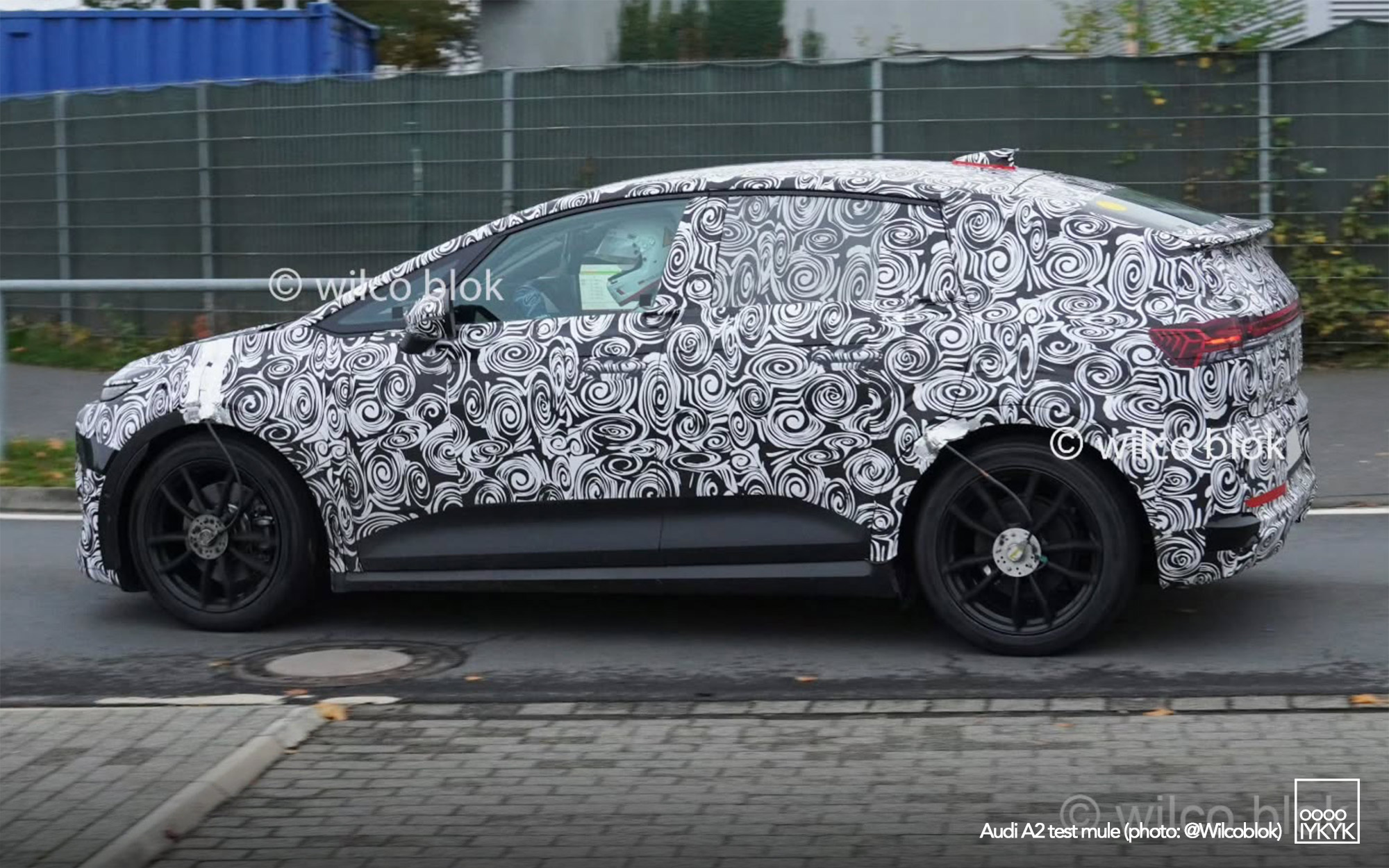
PREMIUM A-SEGMENT INTENT
While most brands are retreating from the A-segment entirely, Audi believes there’s still room for a premium small EV. “There are not many brands in the world that can,” Döllner said, “but I think Audi can have a true premium offering in the A-segment.”
That statement underscores a larger strategic pivot: leave the subcompact volume plays to VW, Cupra, and Škoda, while Audi concentrates on more upscale, design-driven EVs.
A CULT CLASSIC, REIMAGINED
If this car truly revives the A2 name, it will also revive one of Audi’s most beloved underdogs. The original A2 was a moonshot of its era—lightweight, innovative, and ahead of market readiness. Two and a half decades later, Audi may finally have the technology, infrastructure, and customer mindset to make that formula work.
Given the history, these exclusive renderings created with my @4Rings.AI Instagram account hark the past as well. They embrace the A2 Colour.Storm special editions and specifically the Papaya Orange version that was rarest of them all.
All that said, should Audi ever want to do an RS version of the A2, it will most definitely meet pushback from the parts of their clientele that looks back on the iconic RS2 as a car that served a very different purpose.
PHOTO GALLERY
